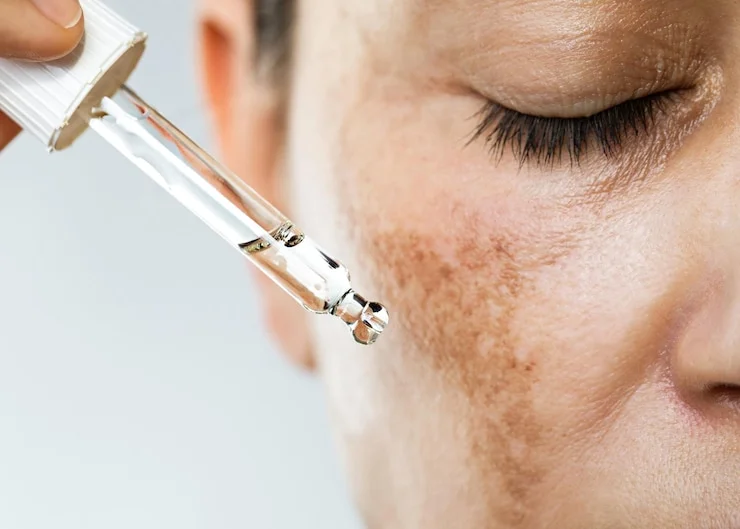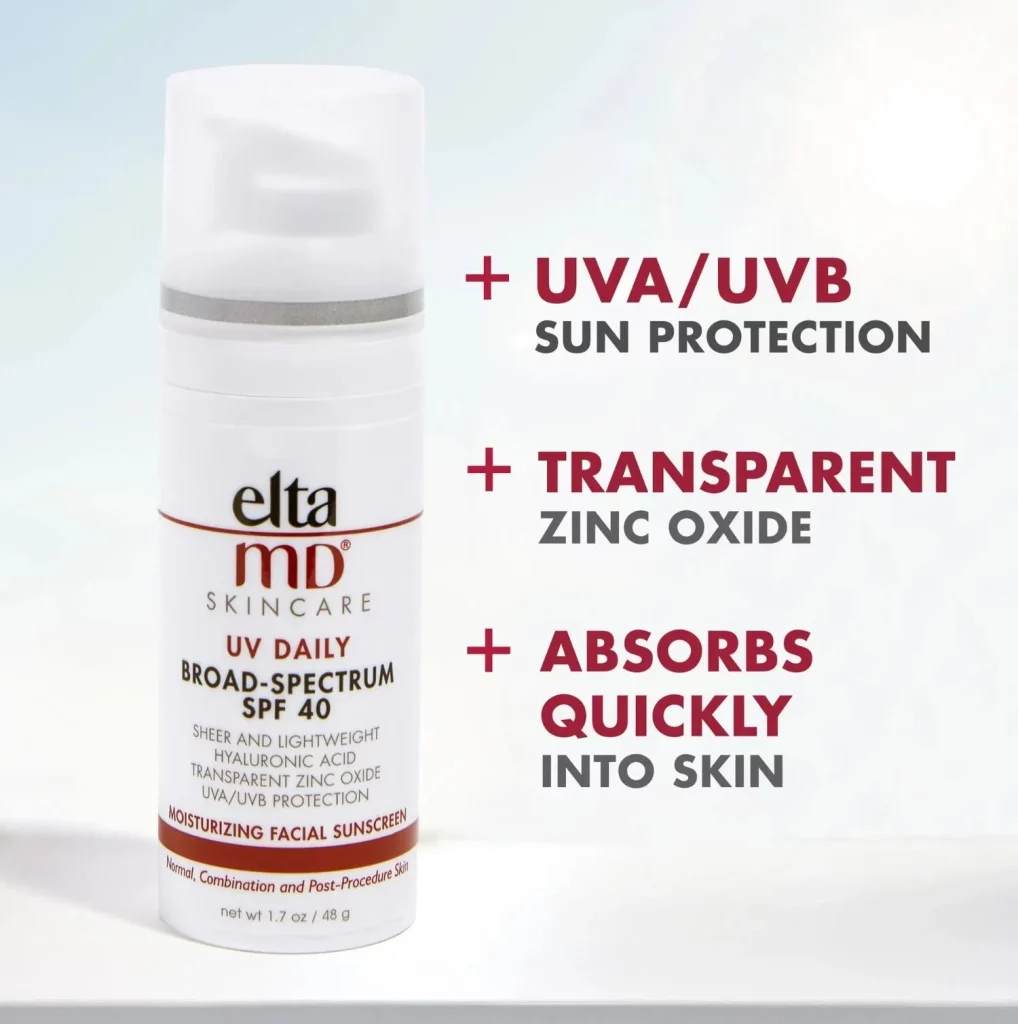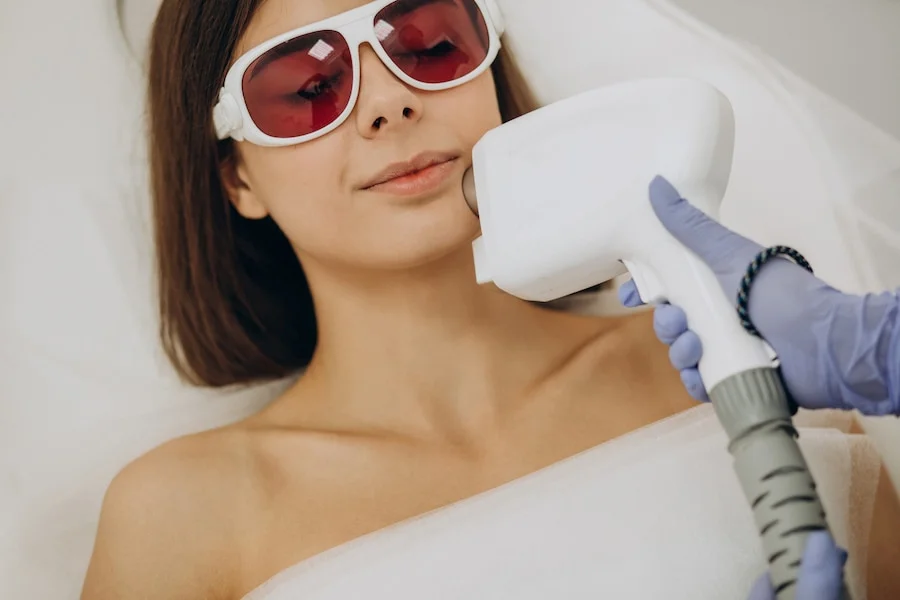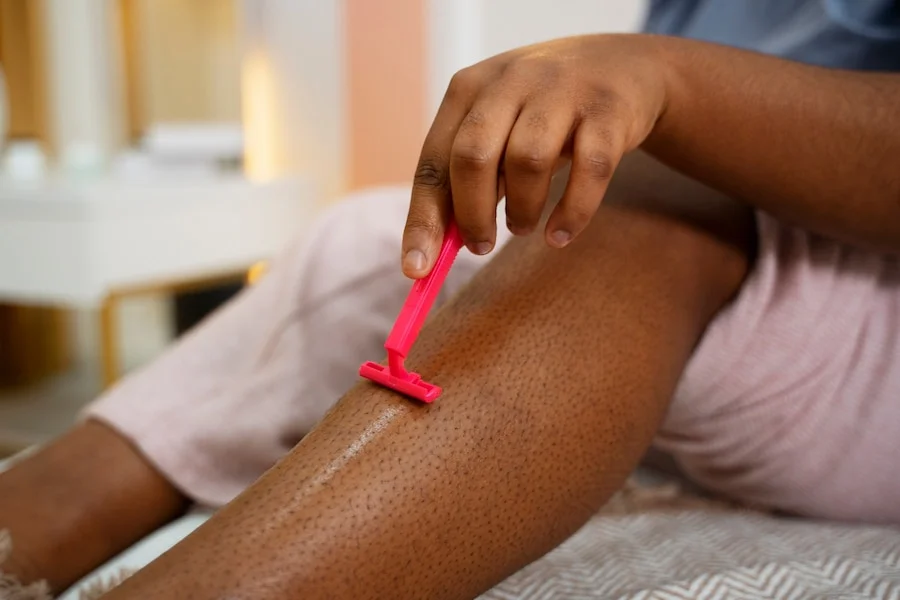Have you ever wondered why some areas of your skin darken more than others? This phenomenon is known as hyperpigmentation.
It can be caused by a number of different factors such as sun exposure, inflammation, hormonal imbalance, or the use of certain medications.
We are here to answer a common question: can laser hair removal cause hyperpigmentation?
Although laser hair removal is a widely used technique to remove unwanted hair, it can also cause dark spots on the skin.
In this article, we will address this problem in a simple way by explaining the concept of hyperpigmentation, the role of lasers in its occurrence, and the steps that can be taken to alleviate its effects.
Table of Contents
ToggleWhat is hyperpigmentation?
Hyperpigmentation is a skin condition where certain areas of the skin become darker than the surrounding skin.
This can be caused by various factors, such as prolonged exposure to the sun’s UV rays, inflammation from conditions like acne, allergic dermatitis, or eczema, hormonal changes during pregnancy or menopause, and certain medications like birth control pills, antibiotics, NSAIDs, or chemotherapy drugs.
These factors can lead to an overproduction of melanin, the pigment that determines skin color, resulting in hyperpigmentation.
Can laser hair removal cause hyperpigmentation?
Absolutely! Laser hair removal has the potential to cause hyperpigmentation. You should note that individuals with darker skin tones are more prone to experiencing this side effect.
You see when laser light is used to remove hair, it can unintentionally harm the melanocytes, which are responsible for producing melanin, the pigment that gives our skin its beautiful color.
When these melanocytes are damaged, they may produce an excess amount of melanin, resulting in hyperpigmentation.
That’s why it’s absolutely crucial to select a qualified provider or medical expert if you’re thinking about getting laser hair removal treatment.
They’ll ensure your safety and minimize the risk of any unwanted pigmentation issues.
Types of hyperpigmentation
The most common types of hyperpigmentation include melasma, post-inflammatory hyperpigmentation (PIH), and age spots.
Melasma is a type of hyperpigmentation that develops as a result of exposure to the sun, genetics, and hormonal changes, like pregnancy or the use of oral contraceptives.
Although it can happen to anyone, women with darker skin tones are most affected by this condition. Melasma commonly appears on the face, specifically around the cheeks, forehead, upper lip, and nose.
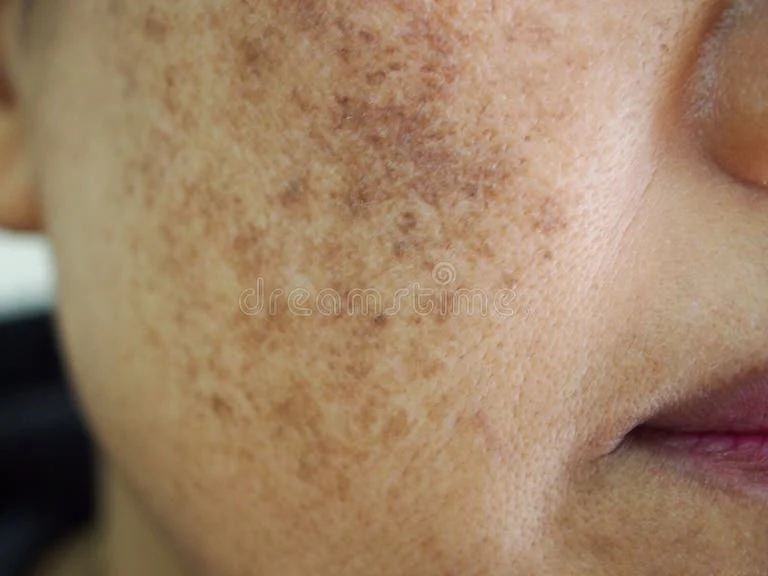
Post-inflammatory hyperpigmentation (PIH) is a kind of hyperpigmentation that can develop after an inflammatory process like eczema, acne, or other skin traumas.
Again, this is more common in people with darker skin types. Although PIH can appear anywhere on the body, the face, neck, and chest are where it is most frequently seen.
Age spots, aka liver spots or solar lentigines, are flat, tan, brown, or black lesions. This form of hyperpigmentation develops as a result of sun exposure over time.
They are most frequently seen in people over the age of 50. Although age spots can appear anywhere on the body, the face, hands, forearms, and upper back are the most common places for them to appear.
Risk factors for hyperpigmentation
The following factors can increase the chances of developing hyperpigmentation:
- Skin tone: People with darker skin tones are more susceptible to developing hyperpigmentation.
- Family history: Hyperpigmentation can be inherited and passed down through families.
- Hormonal changes: Fluctuations in hormones, such as those that occur during pregnancy and menopause, can increase the risk of developing hyperpigmentation.
- Certain medications: Certain drugs, like birth control pills and chemotherapy medications, can raise the risk of developing hyperpigmentation.
How to prevent hyperpigmentation
Applying sunscreen with an SPF of 30 or higher daily, even on cloudy days, and finding shade during the midday hours are essential steps in preventing hyperpigmentation.
Using moisturizers and serums that contain skin-brightening components like kojic acid and hydroquinone as well as staying away from tanning beds and harsh skin care products are additional ways to prevent hyperpigmentation.
Can laser treat hyperpigmentation?
For the right patient and with specific settings, laser therapy is definitely an effective option for addressing hyperpigmentation.
The melanin pigment that leads to the formation of brown/black spots can be targeted and completely broken down by the laser’s energy.
The lymphatic system then gradually removes the melanin from the body.
What types of lasers are used to treat hyperpigmentation?
The following laser treatments are commonly used to address hyperpigmentation:
Nd: YAG Laser:
This versatile laser is effective in treating various skin conditions, including hyperpigmentation. It is particularly beneficial to individuals with darker skin tones.
Alexandrite Laser:
The alexandrite laser is another option for treating hyperpigmentation. It is highly effective for individuals with lighter skin tones.
Our advanced laser clinic, located near Ottawa, uses the Cynosure Elite iQ laser for all laser treatments.
This laser uses dual-wavelength technology (Nd: YAG and Alexandrite laser) and a skintel melanin reader, the only Health Canada-approved melanin reader in the market, to provide personalized treatment options based on each patient’s unique skin type guaranteeing optimal results for addressing skin concerns such as hyperpigmentation.
Electrolysis vs. Laser Hair Removal: A Comprehensive Comparison for Permanent Hair Removal Treatment

How many laser treatments are needed to treat hyperpigmentation?
The number of laser treatments needed to treat hyperpigmentation depends on the severity of the condition and the type of laser used.
Generally, most people will require 2-6 treatment sessions, with each session spaced 4-6 weeks apart, to see noticeable results.
During a consultation at our clinic, Dr. Lian will help you determine the best treatment plan for your specific skin type.
What are the side effects of laser treatment for hyperpigmentation?
Redness, swelling, and scabbing are common side effects of laser treatment for hyperpigmentation. These effects are usually mild and temporary.
Other possible side effects include hypopigmentation, which is when certain areas of the skin become lighter than the surrounding skin.
This is more likely to happen in people with darker skin tones. Scarring is a rare outcome after laser treatment.
How much does laser treatment for hyperpigmentation cost in Ottawa, Canada?
Our laser clinic offers laser skin resurfacing treatment in the Ottawa, Ontario, area for prices ranging from $175 to $850.
Typically, the size of the area being treated determines how much laser therapy for hyperpigmentation will cost.
Laser treatment for hyperpigmentation vs. other treatment options
There are a number of other treatment options available for hyperpigmentation, including topical therapies and chemical peels.
Topical therapies are creams or ointments that are applied to the skin. They can contain ingredients such as kojic acid, hydroquinone, and retinoids, which can help to lighten the skin and reduce the appearance of hyperpigmentation.
The B.E. beautiful Energy Illumin-8 serum is a fragrance, paraben, gluten, alcohol, and sulfate-free brightener. It contains 14 medical-grade ingredients designed for total visible skin revitalization.
Key ingredients include Tranexamic Acid, Niacinamide, Bakuchiol, and Lactobacillus ferment.
Not only will it address pigment and tone, but this serum will also target texture, dullness, irritation, enlarged pores, laxity, and wrinkles.
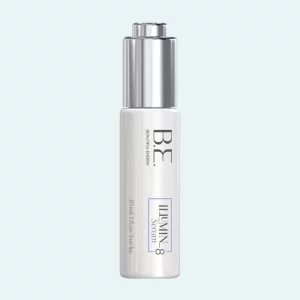
Laser treatment is often more effective for treating hyperpigmentation than topical therapies or chemical peels. However, it is also more expensive and can have more side effects.
Which treatment option is right for you?
The effectiveness of hyperpigmentation treatment depends on the severity of the condition, your skin type, and your personal preferences.
If you have mild hyperpigmentation, topical treatments or chemical peels may be effective.
However, if the hyperpigmentation is severe or previous treatments have not worked, laser treatment may be the best option.
Consulting with a skincare expert is crucial to determine the most suitable treatment for your specific needs.
Conclusion
Hyperpigmentation is a common skin condition characterized by darkened patches on the skin, resulting from various factors.
Treatment options include topical therapies, chemical peels, and laser treatment. Laser treatment is often considered the most effective method, although it comes with a higher cost and increased risk of side effects.
Individuals contemplating laser treatment for hyperpigmentation are strongly advised to consult a medical professional.
This consultation is essential to carefully evaluate the potential risks and benefits associated with the procedure, ensuring an informed decision.

Dr. Lian Peter, MD, MPH, CCFP, is a Family physician with a passion for aesthetics. In her aesthetic clinic, she provides a wide range of minimally invasive and non-invasive procedures, constantly honing her skills to deliver exceptional care and help patients attain their desired appearance.

